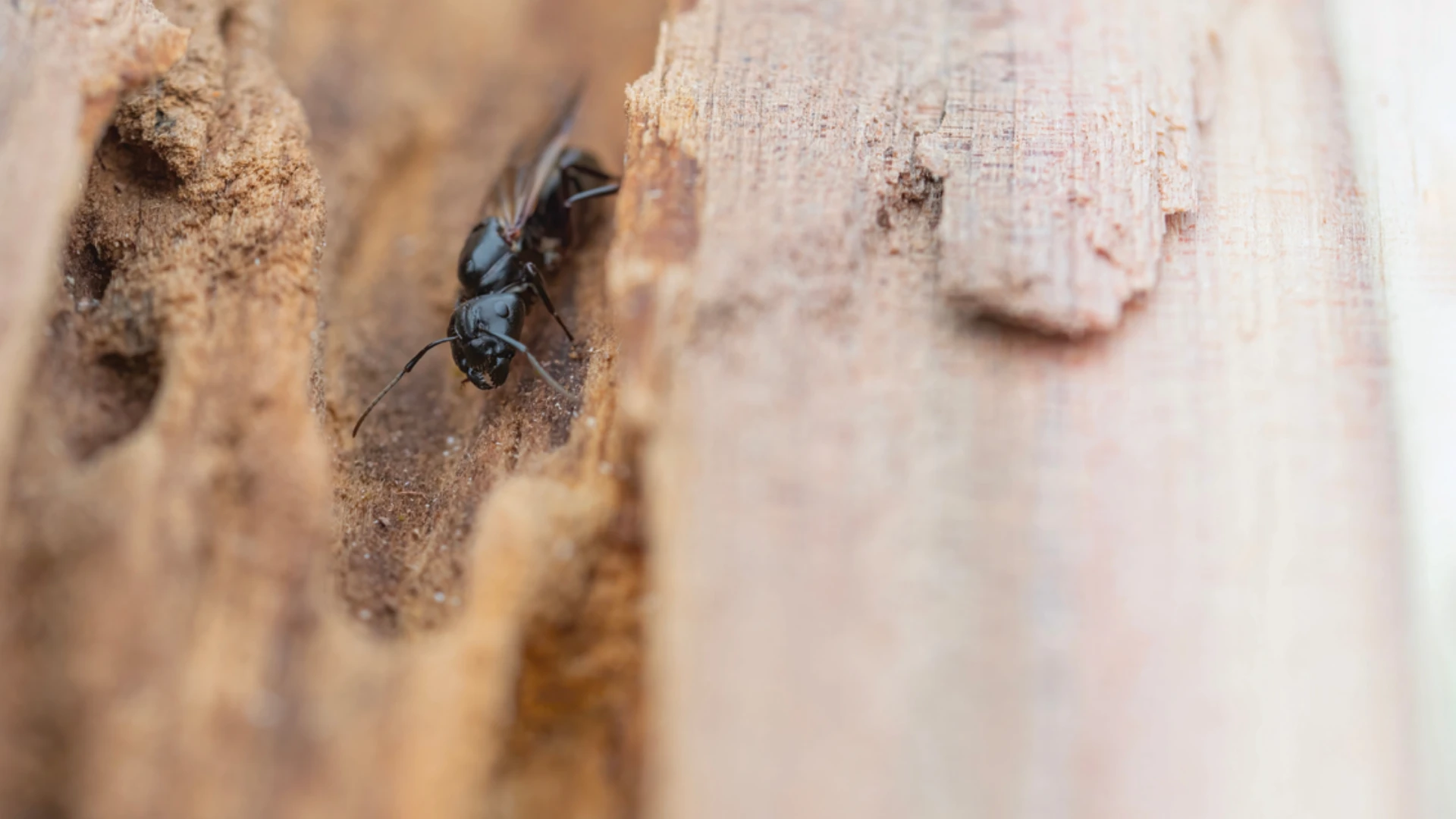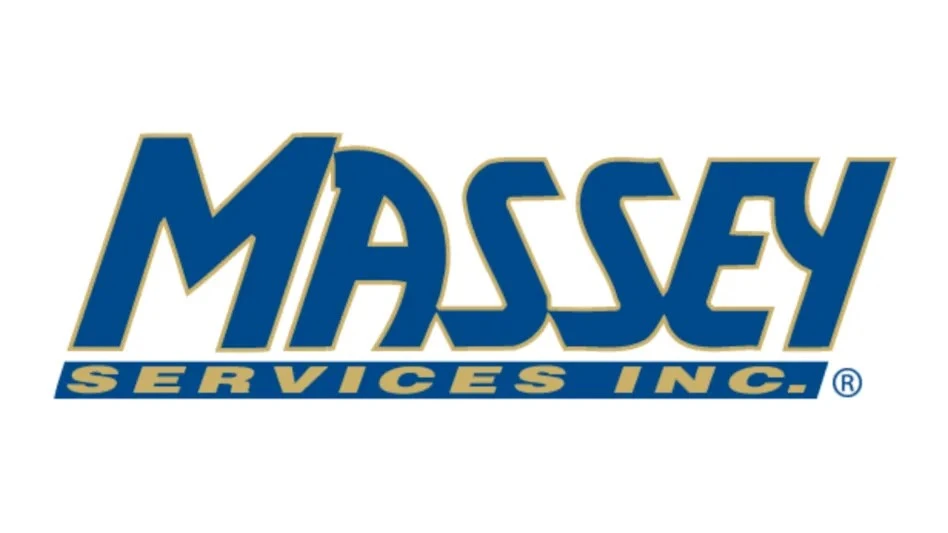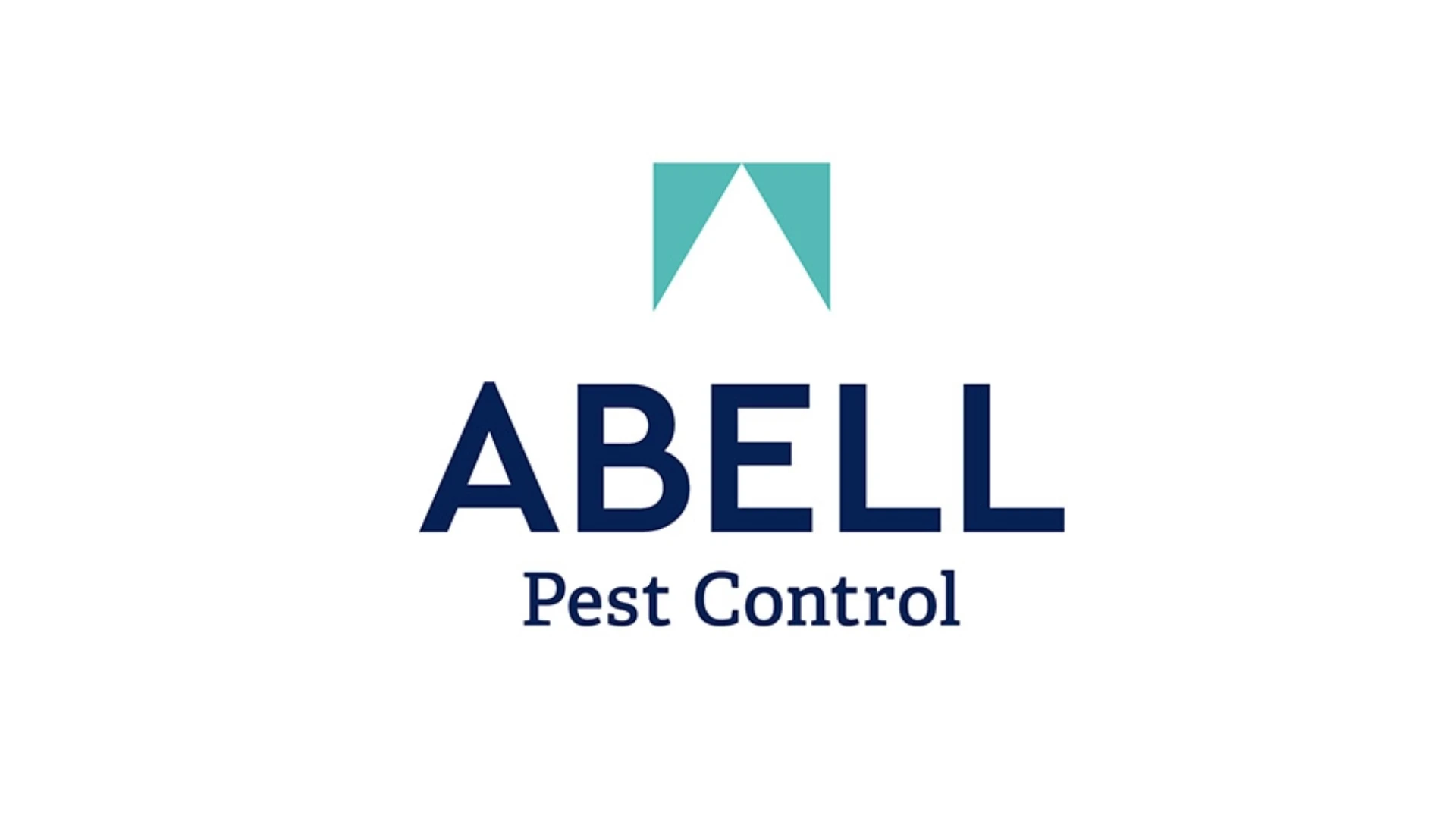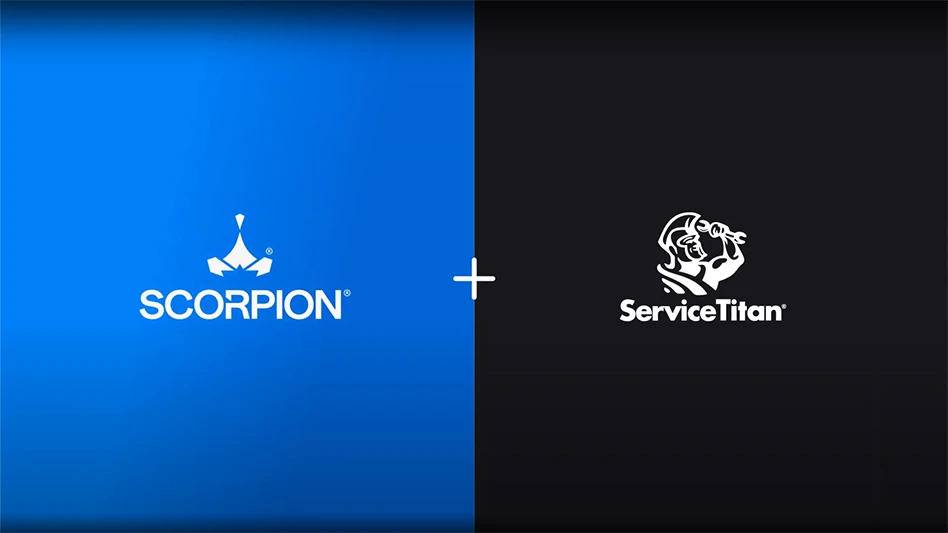 There has been much discussion during the past few years regarding just how accurate a well trained K-9 bed bug detection team is compared to a human inspection. The common claim is the dog is about 95% accurate while a human “visual” inspection is about 35% accurate. I find that most of the people upset about the claims are the ones who don’t employ the use of K-9s in the first place. In my opinion, the only rational reason to doubt the findings of a university study on the effectiveness of a well trained K-9 team is a lack of understanding of how the K-9 unit functions.
There has been much discussion during the past few years regarding just how accurate a well trained K-9 bed bug detection team is compared to a human inspection. The common claim is the dog is about 95% accurate while a human “visual” inspection is about 35% accurate. I find that most of the people upset about the claims are the ones who don’t employ the use of K-9s in the first place. In my opinion, the only rational reason to doubt the findings of a university study on the effectiveness of a well trained K-9 team is a lack of understanding of how the K-9 unit functions.
When I speak of a K-9 team being 95% accurate, I am speaking of the three parts that make up the team: the dog, the handler and the team itself. Let’s look at the three parts.
The Dog.
The first part of the equation is a dog that has been properly trained to alert to live bed bugs and has been proofed off of dead bed bugs, fecal matter and other items associated with bed bugs, as well as training aids such as tape (in many cases electrical tape) that is used to keep the lid of the training vial secure to the vial, the filter paper used within the vial, the plastic vial itself and the scent of the handler. The dog should have lots of drive and a passion for the reward it receives when finding his target odor whether it be food or toys. Not all dogs are created equal and the same can be said for trainers. There are some trainers that really care about the product they put out, and they will look long and hard for a dog with the right drive and temperament before training it. And then there are trainers out there that will go to the pound and take any dog with a pulse, give it some basic scent training, and sell it to a client who is expecting a great scent detection dog to add to his/her tool chest.
Caveat emptor, buyer beware. If you plan on buying a dog I offer the following advice. You most likely will go to the training facility and spend some time bonding with the dog and learning how to be a good handler. Before you take possession of the dog they assign to you, tell the trainer that you want him to do a double blind with his dog. You hide the bed bugs and have the trainer work his dog. If he finds the hides, take the dog; but if the dog misses the hide, walk away — that dog don’t hunt. All you will have lost is some time, perhaps an airline ticket and a hotel stay. You will save the thousands of dollars that you would have spent on an ineffective dog and potentially save your reputation. Ask for references and follow up with others who have purchased a dog from the trainer.
The Handler.
The second part of the equation is the handler, i.e., a person who has been trained on how to work the dog during training sessions and during real-life inspections. A handler has to read and understand the signals given by the dog and how not to give the dog signals that will confuse it and elicit false alerts. Such a signal can be something as simple as dropping one’s shoulder when the team approaches a training “hide.” If done enough times the dog will associate the dropped shoulder to the target odor and, when performing a real inspection, if the handler drops his shoulder for any reason the dog may false alert. Usually if the dog false alerts, it’s more than likely the handler’s fault and not the dog’s fault. It is also important that the handler understands the biology and behavior of the target they are searching. In the case of bed bugs, the handler must continue with ongoing training on different articles and locations to search and make the dog understand that it’s not always going to find its prey on a bed or sofa. Bed bugs can be hiding anywhere in the room or rooms being inspected, and whenever the handler comes across an item or area that they have never trained before, the handler should take that opportunity to do some quick training and allow the dog to search the item or area. You can’t expect to bring a dog on a bus or train and expect it to work as well as in a house or apartment. It’s all new to the dog, so the handler should do some training on these areas first before doing a real inspection.
The Team.
The third piece to this puzzle is the team itself. A “certified” team refers to the dog and handler as one. The trainer of the dog has every right to state that the dog is certified in bed bug detection, but that dog is not a team. The handler, in my opinion, should be licensed in pest management and have a working understanding of bed bug biology and control. He should know how, for example, a unit sprayed with a product that has a built-in repellent like permethrin can affect the bug’s behavior; or, if there is an infestation to expect to find bed bugs further from the bed. Some will argue that the handler doesn’t need to know anything about the target because the dog has been trained to find it. I disagree. The handler needs to understand the nature of the beast. Understand that when it comes to bed bugs, if he sees fecal matter and the client is complaining about getting bitten, even though the dog hasn’t alerted, he should come to the realization that at some point in time there was at least one bed bug there and perhaps a second one, and a more thorough inspection needs to take place. The dog alone cannot think outside the box. The same can be said about using a dog to search for cocaine. It is common knowledge that cocaine smugglers will often hide their drugs in coffee because the dog has a hard time sniffing past the smell of coffee and the drugs can be missed by the dog. If the handler sees coffee, he should know enough to dig deeper. That’s why they are called “a team.”
Both the handler and dog need to be certified as a team by a third party. In other words, someone who has no vested interest in the team or company it works for or the outcome of the inspections. It is not so much where the certification takes place as it is the credentials of the person observing the team in action, a person well versed in K-9 scent detection who is willing to stake his name and reputation on the fact that the team is capable of finding their target odor and has the ability to walk past distraction odors such as fecal matter, food, etc.
Understand the Benefits.
Now back to the reason for this article. I wrote it to explain to those who don’t see the benefits of employing a K-9 for their bed bug inspections and who don’t understand how a dog can be far more accurate than any human inspection.
Let’s say, for argument’s sake, company XYZ has the best human bed bug inspectors in the country; heck, the world for this scenario. They have been trained by the best and their hearts are in it as well. I will go even further and say that these human inspectors are as good as the dogs are (for the purpose of this example only). The technician from XYZ inspects the beds in each room, perhaps flipping the mattress and box springs in each room (assuming there is enough room to flip furniture over in this cluttered apartment). They also inspect night tables and the headboard (let’s also assume it’s not attached to the frame). They will also do a visual inspection on the dark sofa in the living room. After not finding any visual signs of bed bug activity they determine that the unit does not have bed bugs. A K-9 unit will inspect the same areas and come up with the same conclusion and results. The inspector from XYZ is 100% accurate in the areas inspected and the K-9 unit is also 100% accurate in those areas. Based on this scenario there is no factual reason why the company using the dogs are claiming 95% accuracy vs. XYZ’s 35%. I’d be upset at these claims, as well, if I wasn’t using a dog.
 But let’s step back and follow each team from the moment they enter the front door of this apartment unit to be inspected. The XYZ technician(s) walks into the unit and heads for bedroom number one and starts the inspection. He then moves to bedroom number two, and then to the living room to inspect the sofa, etc. He then walks from the living room out the door and on to the next unit to be inspected. The K-9 team, before entering, has already inspected the threshold of the front door. The team then enters the unit, but on the way to bedroom number one inspects every shoe, slipper and boot; every closet and door; every piece of furniture; every picture on the wall; every curtain rod; every dresser drawer; every office desk; every chair; every computer, laptop, television and Xbox; every electrical outlet; and every baseboard that is accessible. Let’s not forget the carpeting and rugs in each room. Don’t even get me started on trying to visually inspect an office complex.
But let’s step back and follow each team from the moment they enter the front door of this apartment unit to be inspected. The XYZ technician(s) walks into the unit and heads for bedroom number one and starts the inspection. He then moves to bedroom number two, and then to the living room to inspect the sofa, etc. He then walks from the living room out the door and on to the next unit to be inspected. The K-9 team, before entering, has already inspected the threshold of the front door. The team then enters the unit, but on the way to bedroom number one inspects every shoe, slipper and boot; every closet and door; every piece of furniture; every picture on the wall; every curtain rod; every dresser drawer; every office desk; every chair; every computer, laptop, television and Xbox; every electrical outlet; and every baseboard that is accessible. Let’s not forget the carpeting and rugs in each room. Don’t even get me started on trying to visually inspect an office complex.
I hope you get my point. When a company using dogs advertises that its K-9 unit is 95% accurate, while a visual is only 35% accurate, they are not just talking about the dog’s nose vs. the human’s eyes, but more so the thoroughness of the inspection. We have all seen bed bugs clinging to slippers or shoes or televisions, and it is not practical to expect a human inspection to cover all these areas while having 20 more units to inspect that morning. Some may say that the visual inspection wasn’t done properly if all the areas weren’t covered, but the reality is that there is a lot of pressure on the technician to inspect multiple units within a certain amount of time; as long as companies give away inspections, that will be the norm.
Previously, I made reference to a darkcolored sofa in the living room. Assuming the human inspector can flip the sofa on its side and thoroughly inspect it, a visual inspection cannot possibly come close to an inspection done by a dog’s nose. When I was young I used to jam my hand in the back of the sofa, making my way past the tight material that covers the springs in search of loose change. It is physically impossible for a human to visually inspect those tight areas, forgetting about the fact that a well-fed 1st instar bed bug blends into the dark material much like an unfed one blends into a light-colored piece of furniture. The inspector from XYZ does the best job he can with the tools he has at his disposal. Having that sofa inspected by a dog is totally different and as long there is a small amount of airflow, the dog can “see” the area where the coins are. I would ask that the companies that don’t use dogs and who have an issue with the K-9 units advertising their inspections are __% effective take a more accurate look at those claims from this perspective. A well-trained K-9 unit will inspect a room with far more accuracy than a human’s visual inspection. I will, however, concede that the K-9 inspection is 95% accurate as long as the dog can get around the whole unit. Inspecting a hoarder’s unit will be far less accurate than inspecting one that is not cluttered but the same will be said of the visual inspection outcome.
Train and Challenge Them.
Dogs are just another tool in our tool box. If you don’t clean, oil and replace worn parts a tool will become less effective. The same can be said about dogs. If you don’t constantly train and challenge your dog it too will become less effective.
The author is CEO of Purity Pest Control, Vaughn, Ontario, Canada, and a certified handler. He can be reached at mgoldman@giemedia.com.
Bed Bug Detecting Dog Informational Video
Purdue Extension Entomology has created a series of video clips to assist both technicians and clients alike in learning about bed bug management, including a 4-plus-minute video about bed bug detection dogs. In addition to providing a general overview on the topic, the video includes a hands-on demonstration with Dixie and her handler that illustrates the speed and effectiveness of bed bug dogs. Check out this video at http://bit.ly/1fumJZ2
WANT MORE?
Enter your email to receive our newsletters.

Explore the March 2014 Issue
Check out more from this issue and find your next story to read.
Latest from Pest Control Technology
- Rose Pest Solutions Becomes Official Pest Provider of Chicago Fire FC
- WSPMA Hosts Legislative Day at Washington State Capitol
- A-1 Pest Control Marks 59 years in Business
- Hawaii PCO Shares Regulatory Challenges, Business Impacts from Lahaina Wildfires
- 5 Tips for Reducing Waste in the Office and in the Field
- OvoControl Now Available in Chile
- Envu Announces Savings Programs for Pest Management Professionals
- Follow the Trail









